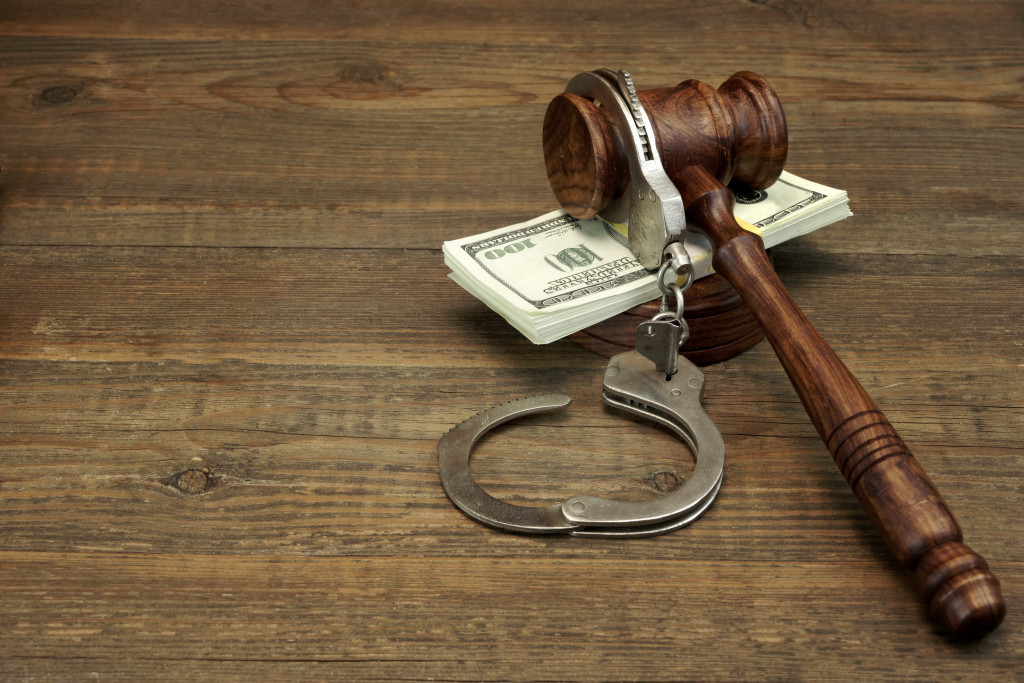Some accidents are inevitable. They can happen to anyone at any time and any place. When confronted with an accident, one can end up with a personal injury and deal with the damage incurred. The victim and family have to handle the accident’s aftermath, from seeking medical treatments to getting the vehicle repaired down to filing an insurance claim.
Accidents could have been easily avoided if and only if the responsible parties had kept their properties, products, or assets harmless. If these accidents occur, the people at fault must be held liable for the damage. That is where filing a personal injury lawsuit comes into the picture.
In this article, we’ll cover what you need to know about filing a personal injury lawsuit.
Personal Injury Case in a Nutshell
A personal injury case gets opened when a person becomes injured in an accident caused by another person. In this case, you can file a personal injury lawsuit against the responsible party. If your case prevails, the party at fault will pay for your injury and the damage incurred. These include your ongoing and future medical expenses, vehicle repair and recovery, loss of income or job, and even the pain and suffering.
For the most part, the responsible party’s insurance steps in to cover the injury and damage. A perfect example is a workplace injury, where you can get compensated through worker’s compensation (insurance offered by your employer). Another example is when you get hit by a car. The auto insurance of the at-fault party will be responsible for all the expenses related to the accident. That’s why most reckless drivers tend to get high-risk auto insurance for their protection in case of an accident.
Two Outcomes of Personal Injury Case
When opening a personal injury case, there are two possible outcomes. Either both parties can reach a settlement or deal with a lawsuit. Take note of the following:
- Informal Settlement: In most cases, a personal injury case gets resolved at the onset. It happens through proper negotiation between the two parties. The responsible party (through their attorney and insurer) will agree to pay for the claim that you (and your lawyer) decide. In this case, the case is closed and resolved.
- Formal Lawsuit: There are instances, however, when both parties couldn’t agree on the claim. As a private individual, you decide to file a civil complaint against the responsible party. This case alleges that the negligence of the other party causes the accident and your personal injury. The process now involves a judge or jury who will make a final decision.
The Filing Process of a Personal Injury Lawsuit

If you’ve got injured in an accident, consider opening a personal injury case. If you’re wondering what the whole process entails, take note of the following:
- Lawyer Consultation: The initial step is to contact a lawyer for a legal consultation. This consultation allows you to discuss the incident for typically 30 minutes to an hour. The attorney will assess your case and provide you with some legal options. Ultimately, they’ll decide whether to proceed with the lawsuit.
- Claim Investigation: Once you and the attorney decide to file a lawsuit, a claim investigation will ensue. Your hired lawyer will secure all the necessary paperwork from you. These include the police reports, medical bills, X-rays, photos, and video clips which will serve as pieces of evidence. They will then make a thorough investigation of the incident.
- Damage Documentation: Apart from the injury itself, your attorney will take into account the damage. The damage includes all the losses as a result of the accident. Some examples are your loss of income and even your pain and suffering. All these get documented for the lawsuit filing.
- Actual Lawsuit Filing: After securing all the evidence pieces, you’ll proceed with filing an actual summon against the at-fault party. This document is a formal written complaint about your personal injury claim and the probable compensation you’re seeking. But before filing, your attorney will notify the defendant and their insurance company. For the most part, they’ll try to reach a settlement. If both sides agree, there’s no need to proceed with the formal lawsuit.
- Trial and Litigation: When both parties haven’t reached a settlement, you bring the case to court. The case will then proceed according to the court’s schedule. During this phase, both parties will exchange pertinent information about the personal injury case. The pieces of evidence get presented to the court. From there, the judge or jury will evaluate the evidence and weigh in the decision.
- Final decision: After a thorough assessment in accordance with the laws, the judge will arrive at a final decision. If your case gets dismissed, the defendant won’t be responsible for paying for your injury and damage. But if your case prevails, the party at fault will provide you with the proper compensation.
At this point, you now know what it takes to open a personal injury case. Be sure to consider the valuable information discussed above. Also, make sure to understand the process of filing a lawsuit. Ultimately, work with a highly reliable attorney who can represent and assist you in the entire process.

